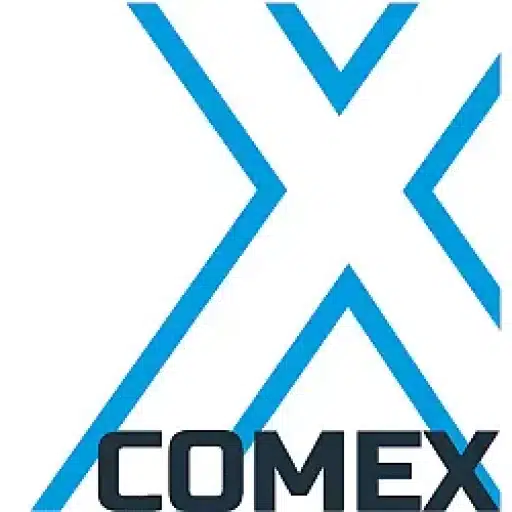+31 (0)43 30 88 400 | office@comex.eu

The fourth pillar of secondary storage: low complexity
Secondary storage should be as least complex as possible. This is easily said, but no less true. The more systems you have, the more specialists you need and the more service contracts you need. And more user interfaces. It’s a lot of everything and everything has a price tag. In summary, the more complex the secondary storage, the more expensive. Especially when you consider that secondary storage can last a long time.
Reduce complexity
In other words, the key is to reduce the complexity of secondary storage as much as possible. In primary storage, this issue is much less of an issue: new technologies and systems follow each other much faster, systems also specially tuned for certain applications. In secondary storage, it is much less so. This also often involves long-term contracts, the continuity of which is not always certain.
Privacy
Many organizations and businesses make widespread use of secondary storage. In the process, organizations such as governments and healthcare facilities will have to deal with a variety of privacy-sensitive data. An average hospital has secondary storage of around 50 terabytes. At academic hospitals, it is often another ten times that amount: 500 terabytes. Those are huge amounts of data, which underscores once again that the choice of secondary storage must be deliberate. With the four pillars mentioned above in mind, the choice becomes much easier!


 Subscribe for tips and info
Subscribe for tips and info